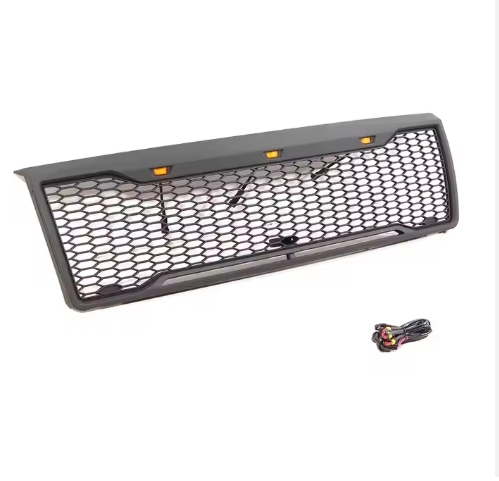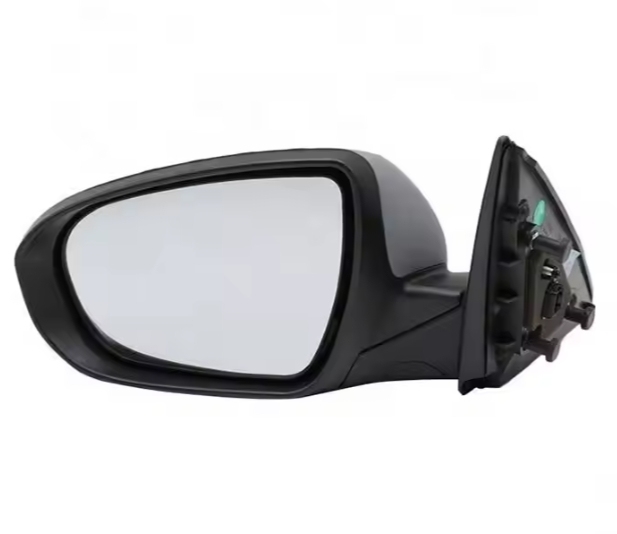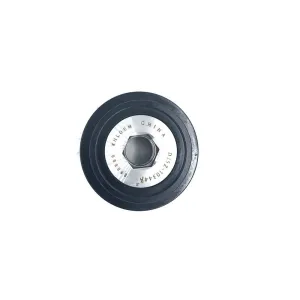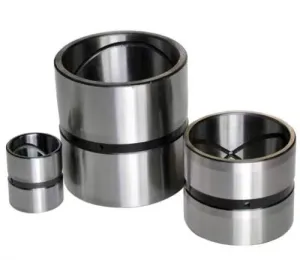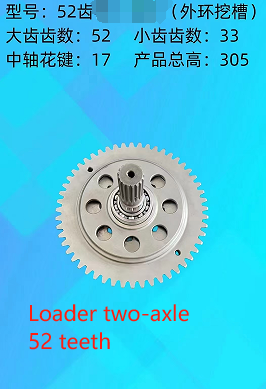Lao W failed to park the car and adjust the balancer (risk of lateral displacement using two jacks at the same time)
The last batch of Regal 2.5V6 in 2007 is now 14.6W kilometers in 16 years. There were no problems before the car inspection. This year, the car inspection and parking system failed. I found a basement slope to test it. I did park and slide the car. I went online and read my previous posts to gain some understanding, find a place to adjust it, and share the results
I prepared two jacks from the original car belt, found a flat road surface and supported the rear wheel at the same time. The plan was very good, but I didn’t expect it to move sideways. The bottom of the jack was deformed. Fortunately, the wheels were not removed! It seems that it has nothing to do with the ground. It is unlikely that both sides will rise together when one person operates the jacking. The tires will tilt to the side after leaving the ground. If there are no tires, it will still be dangerous! The jack equipped with the original car is still non-professional!
I prepared two jacks from the original car belt, found a flat road surface and supported the rear wheel at the same time. The plan was very good, but I didn’t expect it to move sideways. The bottom of the jack was deformed. Fortunately, the wheels were not removed! It seems that it has nothing to do with the ground. It is unlikely that both sides will rise together when one person operates the jacking. The tires will tilt to the side after leaving the ground. If there are no tires, it will still be dangerous! The jack equipped with the original car is still non-professional!

Let’s first introduce Lao W’s parking system. In 2007, Regal finally used the rear brake system of LaCrosse. It did not have a brake ring. It used a hand-oil integrated brake system (pedal lever). When it is to be retracted, the hydraulic jack cylinder needs to be rotated and screwed in. The working principle is that on the basis of the oil brake, the hand brake pulls the screw mechanism in the hydraulic jack lever to jack the rear brake pads to achieve the parking effect.

Borrowing a few photos of the hand-oil integrated brake system, photos of the rear of the hydraulic jack rod for the rear oil brake

Hand-oil integrated brake system, a photo of the interior of the hydraulic jack rod for the rear oil brake. Every time the parking wire is pulled, the internal screw jack rod will push the brake pads outward to achieve the parking function.

The picture shows the parking brake adjustment mechanism. If you adjust the parking brake force, most of the parking wire balancer in the figure is adjusted. The black tube is the steel wire coming from the parking pedal, and the horizontal wire is the steel wire that pulls the rear wheel to the left and right respectively. When working, the balancer is not fixed. Tightening the main steel wire will tighten the right steel wire, and at the same time, it will also make the balancer move to the right and tighten the left steel wire to achieve the parking function.

I checked some materials and online videos and learned some adjustment methods. Parking generally involves stretching the steel wire, and adjusting the balancer is to tighten the margin of extension. I found out some key points and share them with everyone.


See online photos of brake balancer spare parts in advance to understand its working principle. As long as the screw is fixed and the hexagon nut is tightened, the cable wire can be tightened. However, in actual operation, the actual hexagon nut on the car and the long balancer behind it. There is no linkage, just a locking nut. It feels some effect after adjusting the length. When will we find a slope to test it?
Hot Information
Tesla Autopilot and similar automated driving systems get ‘poor’ rating from prominent safety group
 April 1, 2024
April 1, 2024 Localization of EV parts without production scalability may not help cut EV price, says President, Amara Raja
 March 27, 2024
March 27, 2024 
JCTSL may turn bus stands into charging points for e-buses
 March 27, 2024
March 27, 2024 You May Like

